Podcast: Play in new window | Download
Engine Oil Leaks
In airplane maintenance, engine oil leaks are a common thing to deal with.
Today, we talk about how to discover where the oil leaks are coming from, and what may need to be done to fix them.
In today’s episode, I mentioned some good friends, Bill and Colleen Whiteford. To read the story of how Colleen went from learning to land the Cessna 310, to getting her private pilot certificate, go here to see the full article:
http://www.twincessna.org/forum/pastissues/Oct2013-Final.pdf
Although you may need help in fixing oil leaks, you as an airplane owner can do A LOT to help troubleshoot and discover where those leaks are coming from.
We also talked about installing improved fiberglass reinforced rocker cover gaskets on Continental engines. Take a look at the CSO Beech post to read about them and find out where to get them:
CSO Beech link: http://www.csobeech.com/GeeBee-ValveCoverGaskets.html
And, as mentioned in today’s show, here is the link for Aircraft Magneto Service:
http://www.aircraftmagnetoservice.net/
Listen to today’s show to find some pitfalls to avoid, and some tips for troubleshooting those frustrating oil leaks.
Finally, if you have any noteworthy stories about fixing oil leaks, please send me a brief description of your experience… maybe your story will be useful for a future podcast, and it just might help one of your fellow aviators.
You can contact me by any of these 3 ways:
Click the button on the right side of the page.
Shoot me an email at deanshow@gmail.com
Use the comment button at the bottom of this post.
Thanks!
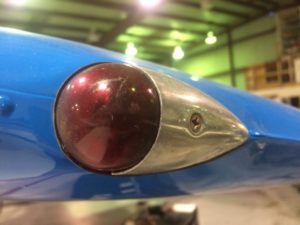

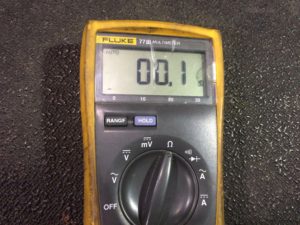
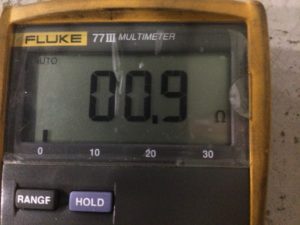
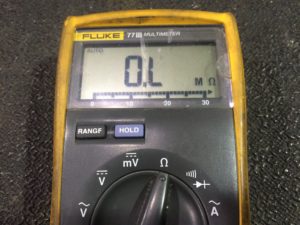

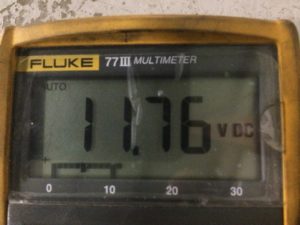



Recent Comments